Thanks Jesus!
LoneGansel
Not at all, but I do want to make sure it's as simple and detailed as possible so that people can replicate it.
The amount of control you need over dough temp is pretty high but I think it can be done without dedicated equipment.
I just need a bit more time to stress test things and really master things before I teach others.
Ha, thanks! These are from my Pixel 7, but I think the south facing windows in my kitchen do most of the heavy lifting.
Tartine country loaf for my ingredient ratios (20% starter). It's all about controlling temperature.
Replied in another comment with the high level overview. More detailed write up coming soon!
I am going to write a long form post/video explaining the steps I use with lots of data points, but at its core this is a 75% hydration Tartine country loaf.
What I think makes my process different my order of operations. I build the gluten network first via autolyze and fermentolyze steps, then build flavor by promoting the growth of lactic acid bacteria so that it outpaces the speed at which the yeast multiplies (dough temps as high as 100°F).
I have to stop that flavor buildup before the gluten network dissolves and the loaf over ferments, but once it's sufficiently acidified I'm basically waiting for the bread to rise like any commercial yeasted recipe.
I am currently using a 9 hour cold retard @ 40°F to stop the acidification and raise the dough at the same time, but I've got a feeling that is longer than what's actually necessary since the dough reaches temps that make the starter inert around 6 hours in. Since commercial breads can rise in like 4 hours in cold temps, I think there's further optimization that can be done here, but I'm not waking up at 3 AM to bake bread anyway.
My inspiration comes from my Calabrian great grandmother's recipe, which is exactly what you described (though ours were a bit too big to fit on a skewer, so no -ini suffix).
The extra additions come from me experimenting with Cordon Bleu, gimbap, and other rolled foods. I think my seafood core on this one is a bit too thick still but the flavors are very tasty.
Thanks for the compliment!
This is a thin sliced ribeye that I pounded flat and filled with layers of Parmigiano, panko, ham, and shrimp. It was then rolled, seared, and braised in pasta sauce until cooked through.
Oh yes, definitely worth the effort! I've not worked with spelt flour but definitely understand how unwieldy high hydration doughs can be.
It's a great looking sandwich inside and out!
The pic we were all waiting for! Great crumb and spring on that loaf. What hydration percentage did you use if you don't mind sharing?

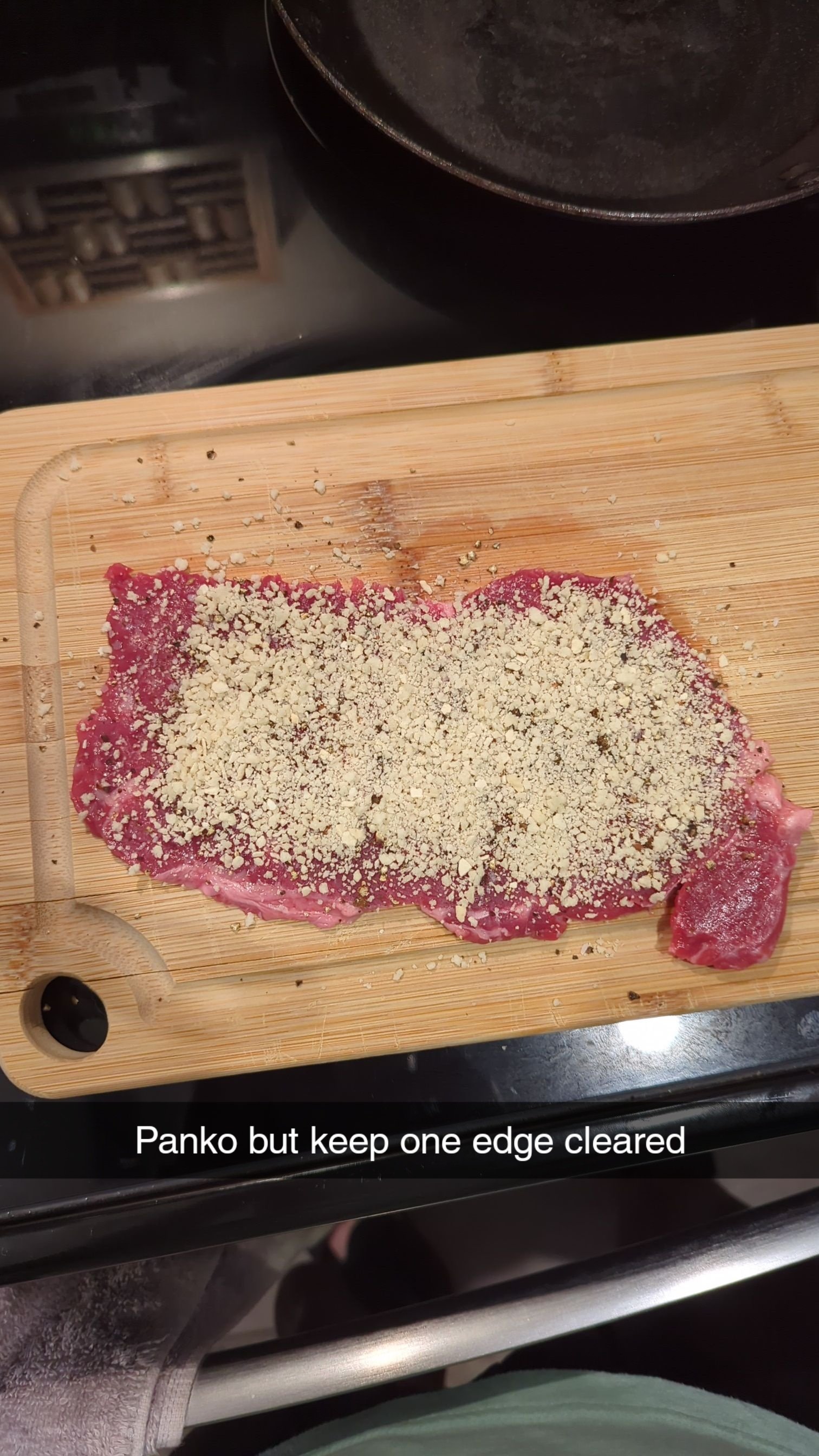
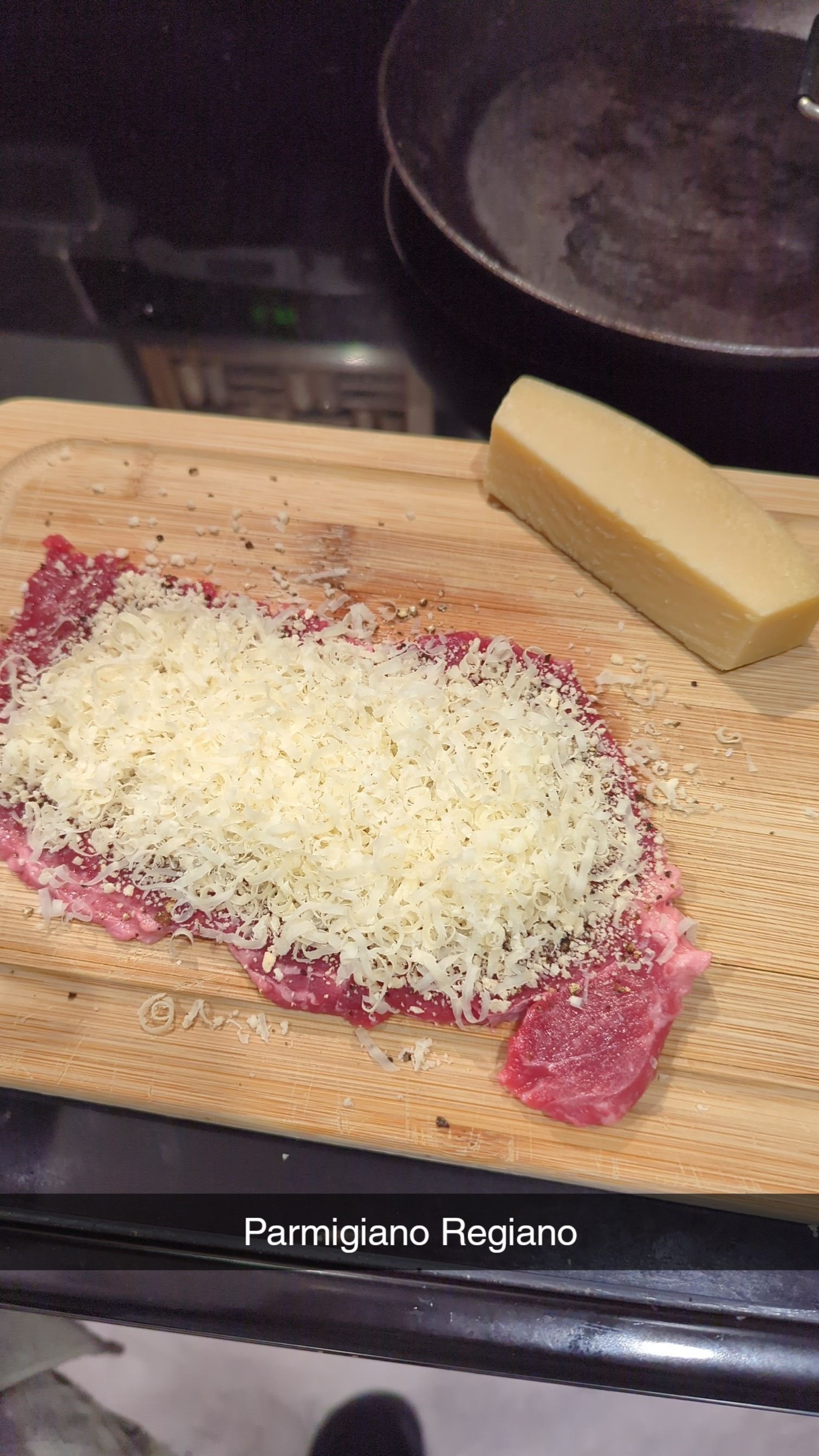
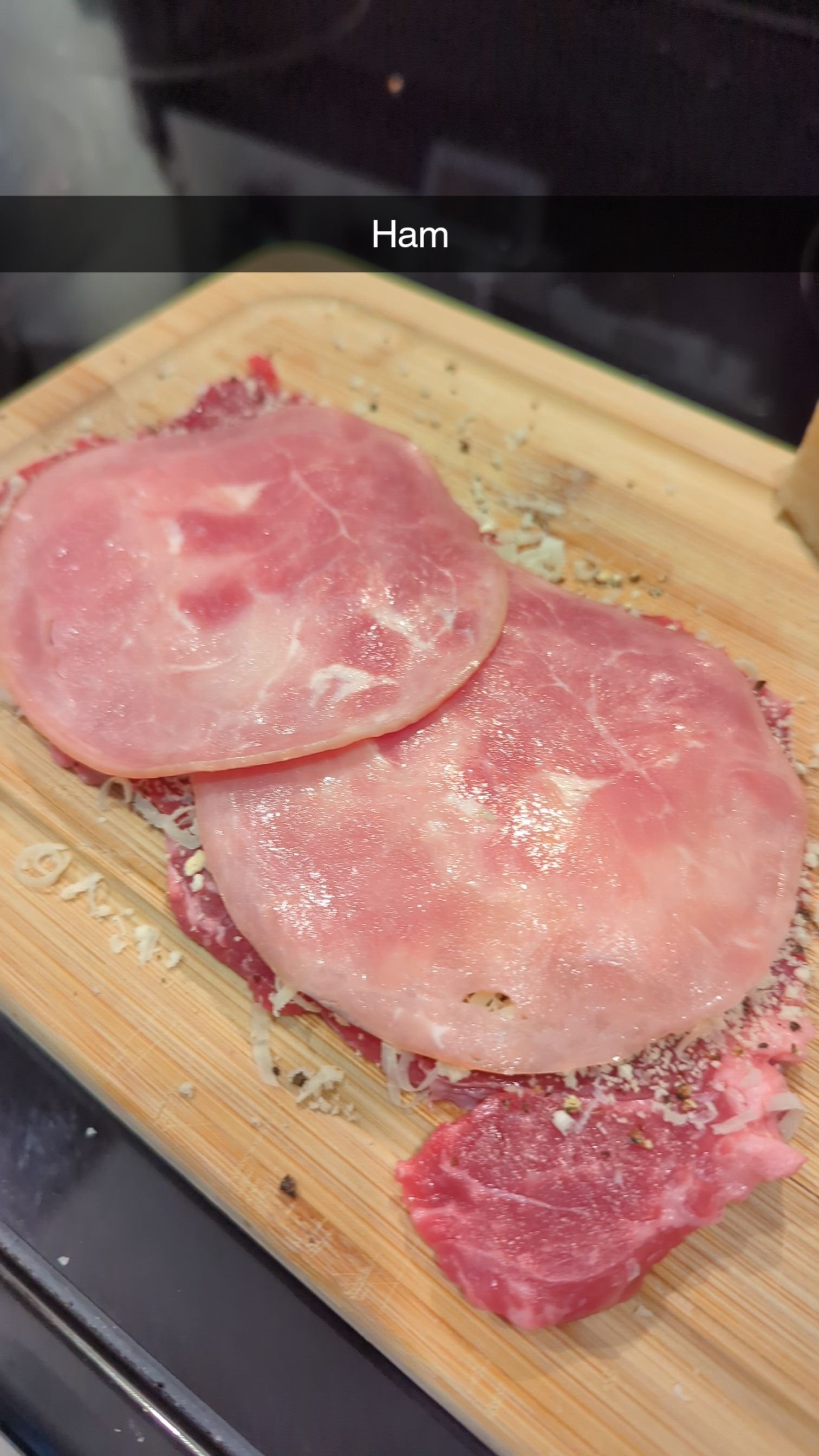
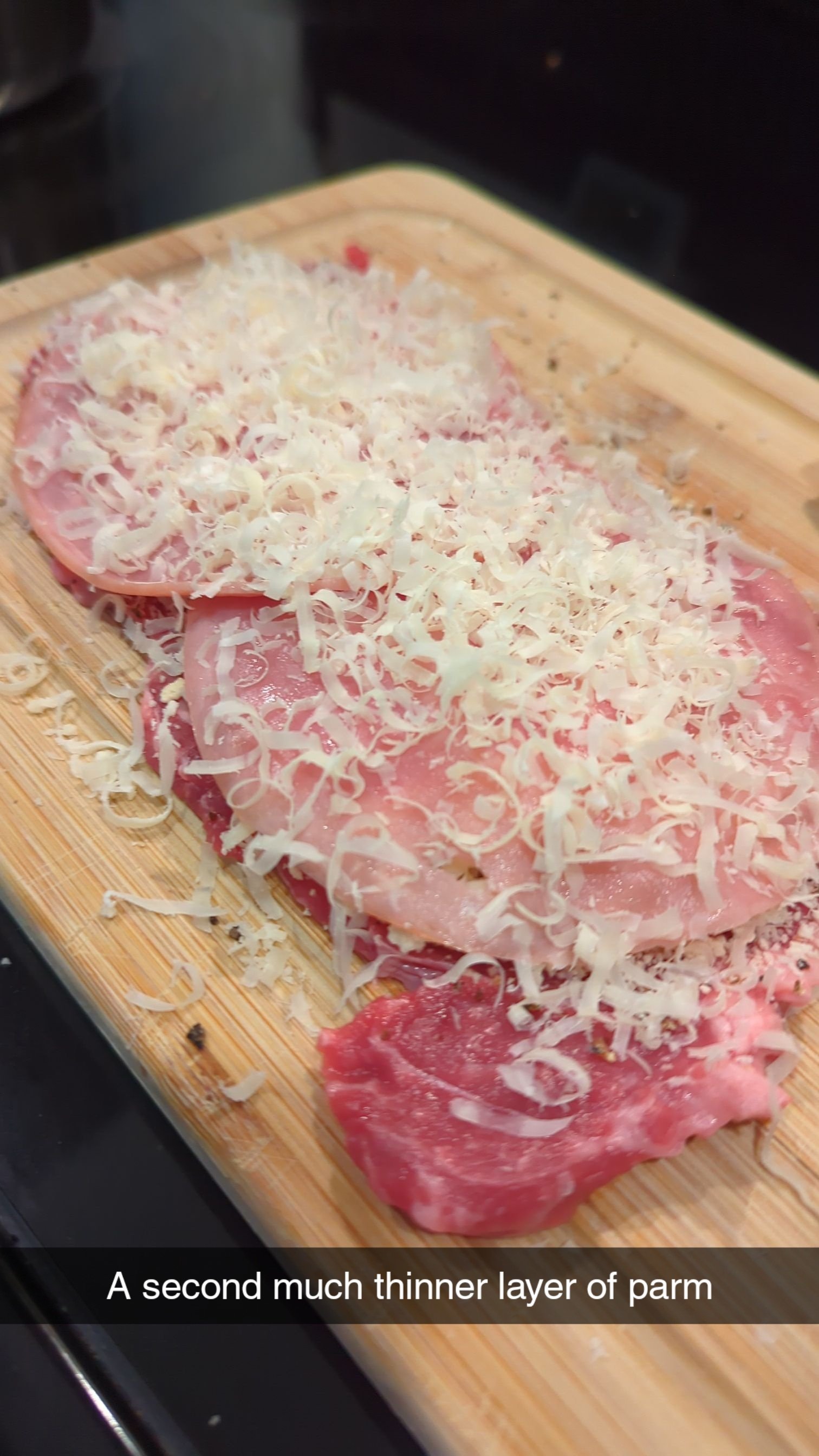

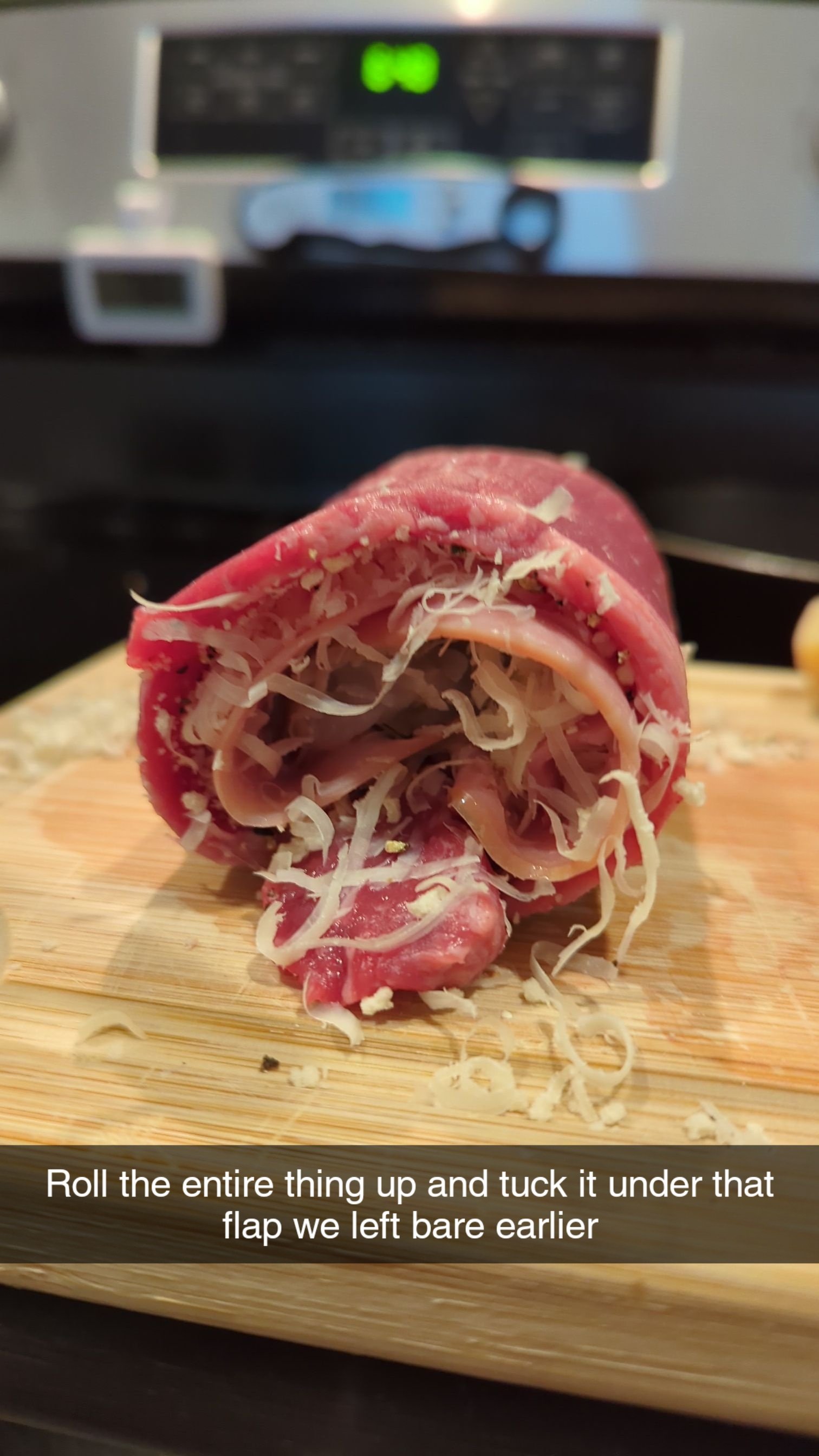
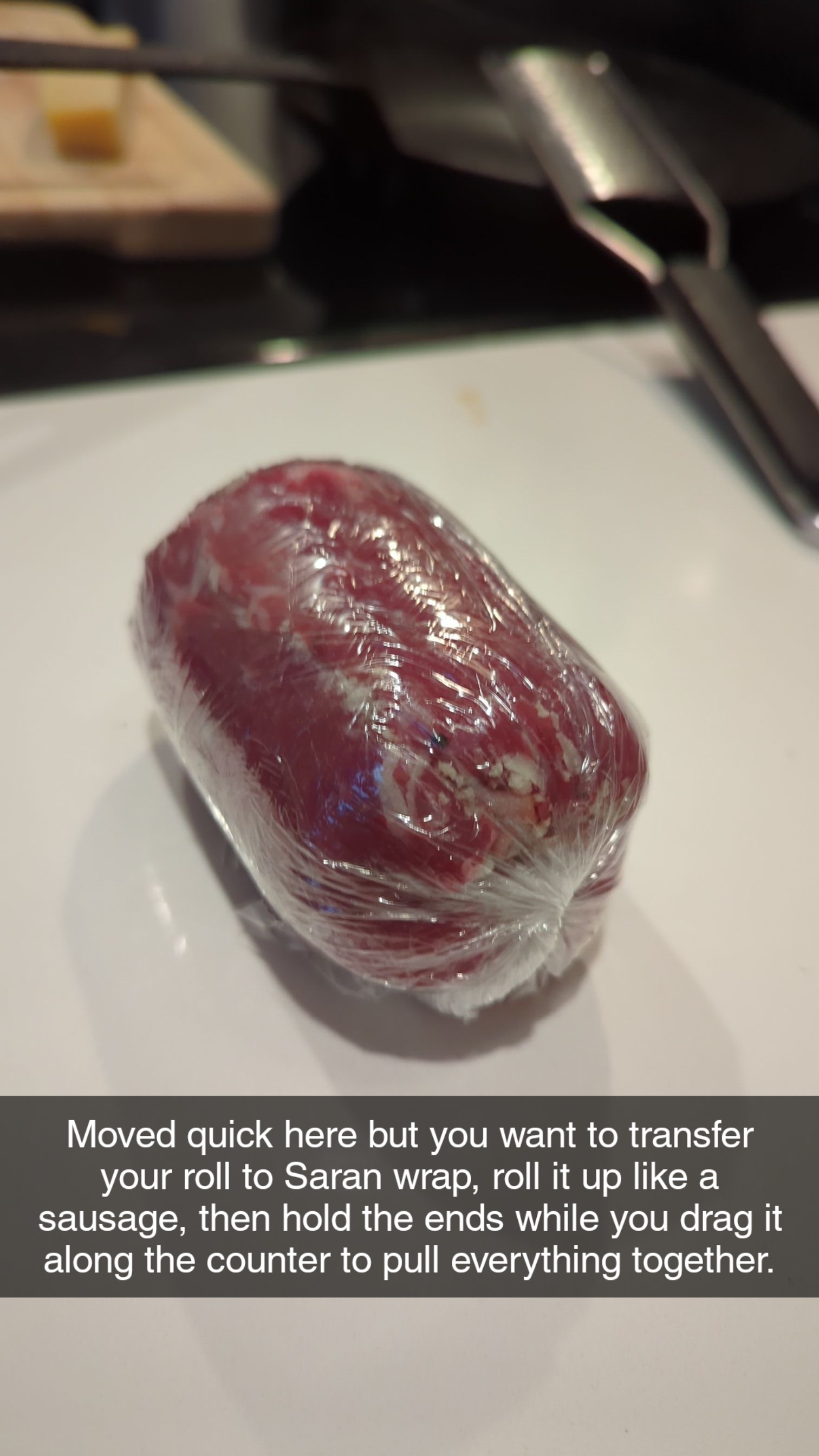
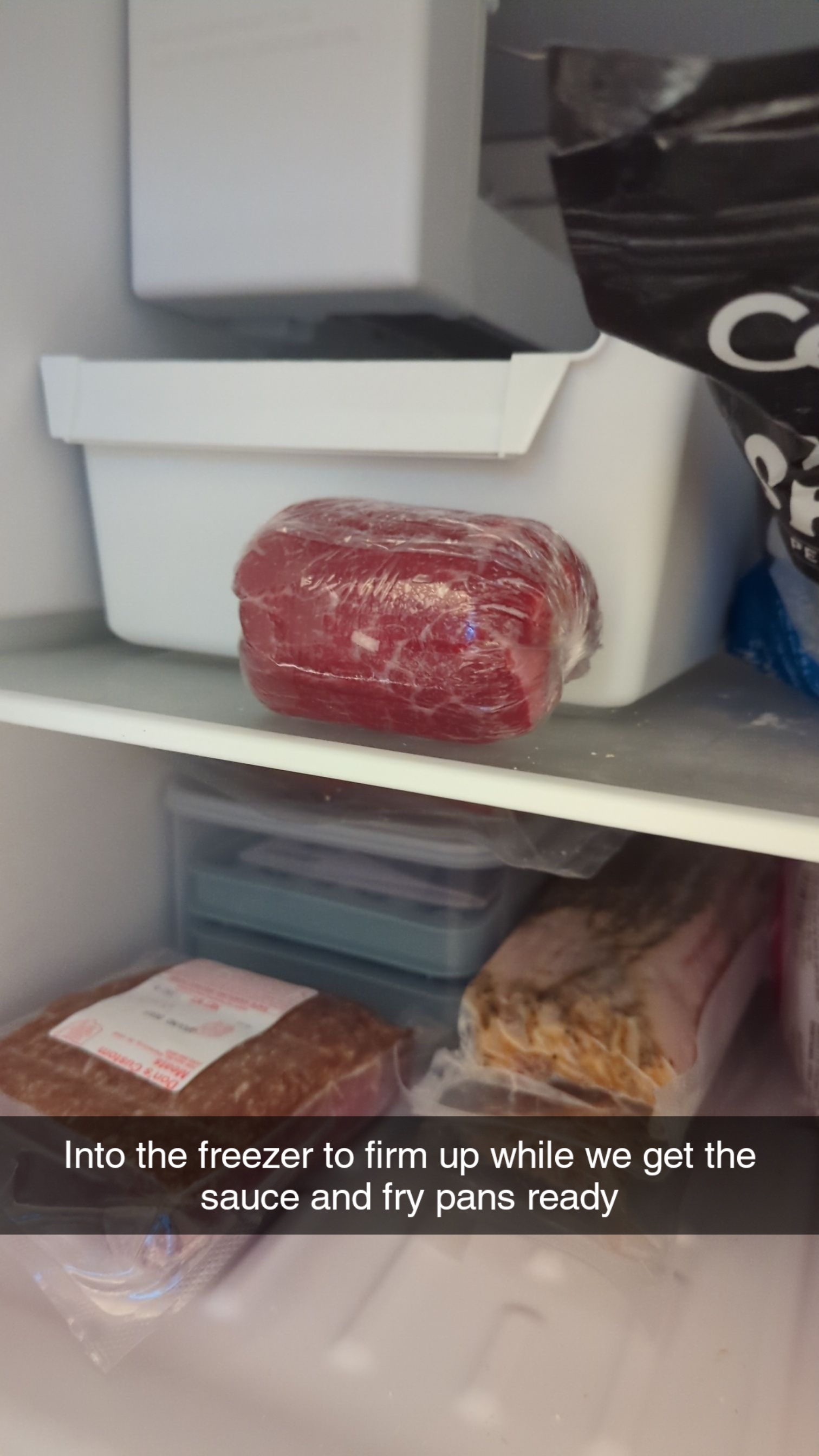
Well now I want to try blood sausages. No garlic, please.